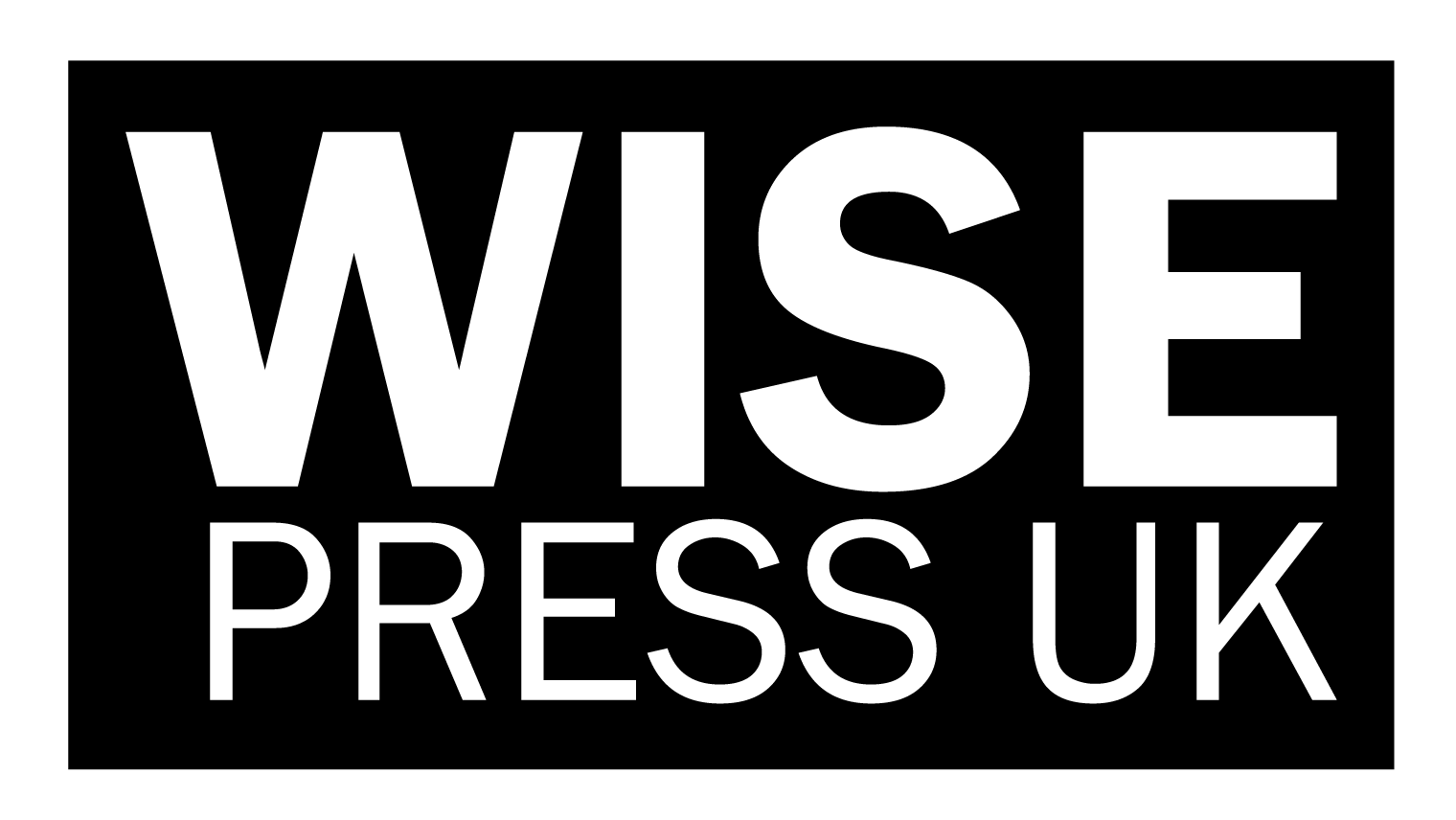The Influence of Land Subsidence on Risk of Constructing 150 kV Transmission Tower for South Sumatra – Bangka Belitung Interconnector
DOI:
https://doi.org/10.61707/jy486241Keywords:
AHP, Peatland, MSCA, Risk, Transmission TowerAbstract
Transmission system is one of the national essential objects and should be reliable when functioning. Moreover, disturbances in transmission system can lead to disruption of the service function. A common risk to the reliability of electric distribution is land subsidence on transmission tower. Furthermore, the 150 KV interconnector of South Sumatra-Bangka Belitung (Sumsel-Babel) is located in the coastal area of Banyuasin Dua sub-district, South Sumatra. This area is a river delta with peat and clay soil structures and is prone to land subsidence. Therefore, this research aimed to identify environmental factors that affect land subsidence and cause risk to transmission tower. In the context of this research, Copras (Complex Proportional Assessment) and MCSA (Multi Criteria Spatial Analysis) were used for parameter weighting and risk assessment of tower location, respectively. The results of an expert survey to assess risk of potential land subsidence at tower location showed five parameters, namely, land use, distance to waters or potential flooding, land slope factor, soil type, and conus value. Individual parameters were weighted quantitatively and qualitatively based on the opinions of construction experts. Specifically, the qualitative method was performed by weighting based on criteria and sub-criteria, which were analyzed using Analytic Hierarchy Process (AHP). On the other hand, spatial analysis of locations at risk of land subsidence was conducted using GIS software. Based on the assessment results obtained, land use criteria had the largest weighting influence of 0.340 and the smallest weighting on the cone value was 0.08. Finally, tower location that are most at risk of land subsidence are on peatland, near water, and clay soil.
Downloads
Published
Issue
Section
License

This work is licensed under a Creative Commons Attribution-NonCommercial-NoDerivatives 4.0 International License.
CC Attribution-NonCommercial-NoDerivatives 4.0



